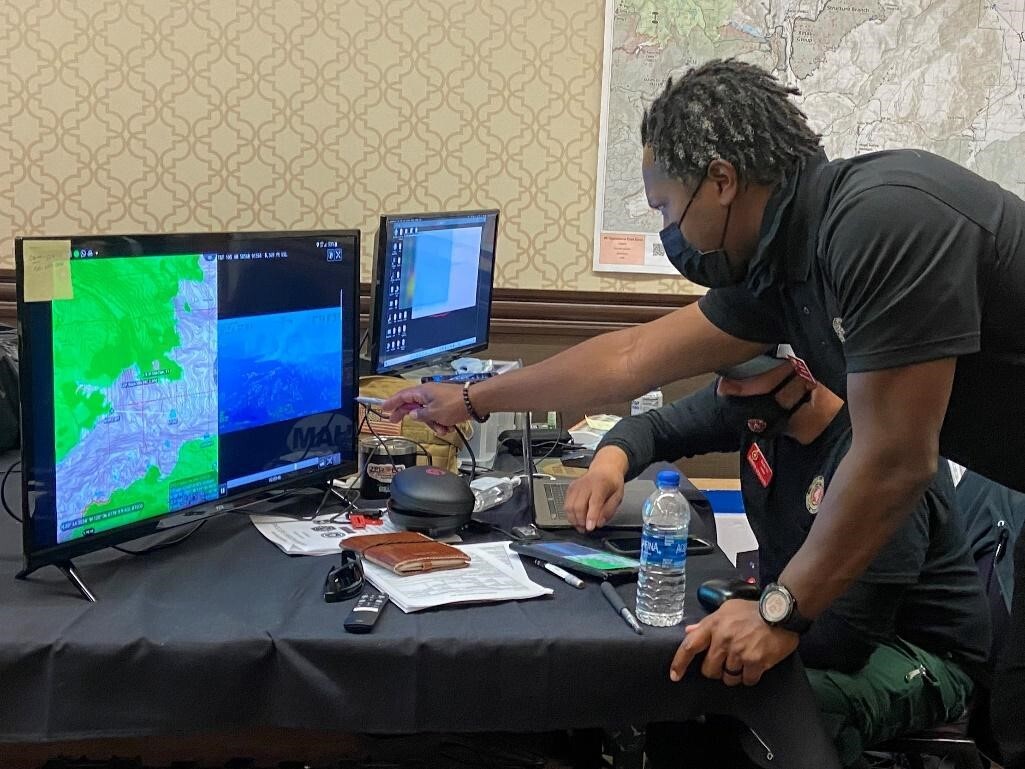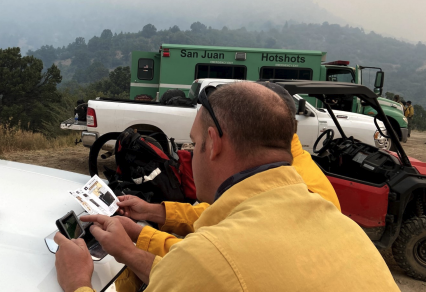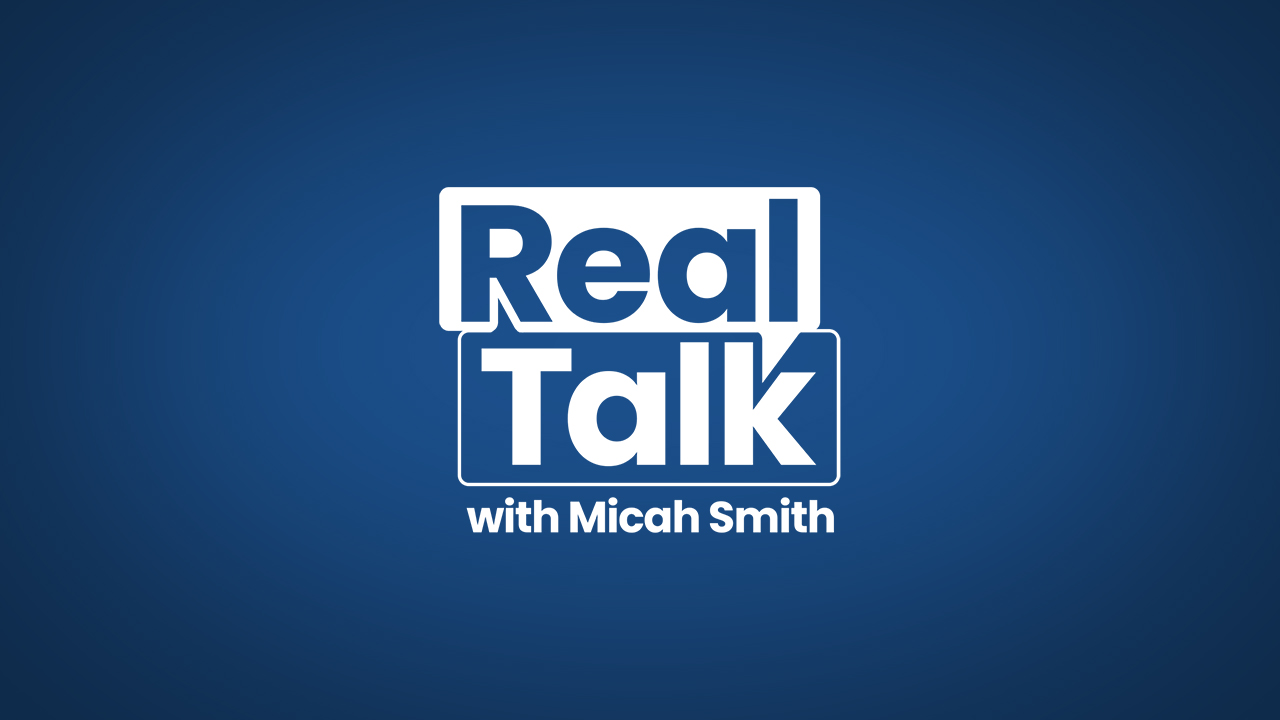RIFLE, Colo. — Colorado is pursuing innovative technologies for wildland fire management, including expanding the capabilities of an app that can provide real-time and crucial information for crews in the thick of firefighting.
The Center of Excellence for Advanced Technology Aerial Firefighting (CoE) — created in 2014 as Colorado Division of Fire Prevention and Control's (CDFPC) research and development organization — has partnered with the U.S. Forest Service on a five-year, $1.6 million agreement to develop these tech advancements.

One of those technologies is increasing the capacity of a smartphone app called the Wildland Fire Team Awareness Kit, shortened as TAK or WFTAK. This app can provide up-to-the-second tracking and mapping information, plus integrations of sensors and cameras, for firefighters.
CoE explained that when responding to an emergency, personnel have limited options to stay aware of their surroundings. Communication and planning typically relies on radios, or walkie talkies — technology that firefighting crews have depended on since the 1950s.
Adopting the TAK app can help provide easily accessible and current information on developing disasters, CoE said.
In short, TAK is a "geospatial mapping engine, originally developed for the Android operating system, that facilitates tactical situational awareness, navigation, and data sharing," according to CoE.
Currently, the CoE uses TAK with a cloud-based server when phones can connect to the internet, but it is evaluating ways to enable the app to work off the grid and in areas where that connection is weak or nonexistent. However, even without the internet, TAK can transmit basic data, such as crew positioning mapping.

“Wildland fire management is increasingly relying upon technology to support decisions and increase situational awareness,” said CoE Director Ben Miller. “Technology along with the fire environment is rapidly changing and we are excited to partner with the USDA Forest Service to allow for more efficient investment in wildland fire technology both in Colorado and nationwide.”
CoE has worked with the USFS since 2020 to demonstrate new tech at pilot project scale at wildfires in the west, including Colorado, the CDFPC said.
That year, the USFS awarded a grant to CoE to develop a TAK capability for wildland firefighting through a pilot program.
That opportunity came that August, when the Grizzly Creek Fire exploded around Glenwood Canyon, burning a total of more than 32,000 acres.

The fire broke out about 27 miles east of the CoE office. It was an immediate concern and Interstate 70, which runs through the canyon, was shut down. The fire also threatened a railroad line and utility infrastructure. Parts of two counties were evacuated.
On Aug. 12 of that year, two days after the fire started, the White River National Forest supervisor gave CoE the go-ahead to proceed with the TAK pilot project.
Twenty-eight Samsung Galaxy S9 and Sonim XP8 phones were given to two groups of firefighters: those on the night shift to improve situational awareness, and those on the western flank of the fire closest to Glenwood Springs, where service was more reliable. In addition, the division supervisor on the west side had experience with fireline technology, CoE said.
READ MORE: New technology deployed at Grizzly Creek Fire tracks crews, fire in real time
The participating firefighters had just a few minutes of training on TAK before they were sent out into the field with a pocket guide with further instructions.

CoE said their positions were updated every 129 seconds — totaling 154,304 location reports — and they received regular updates on fire mapping, other firefighters' positions, photos, video, and other important information.
Multi-Mission Aircraft also collected information, which was then submitted through the app directly to the crews on the ground.

The pilot program ran for 13 days.
"All firefighters surveyed on the deployment stated that TAK improved their situational awareness," the CoE said, adding that coordination and accountability among resources also increased. It was the first time any of the surveyed firefighters had used TAK.
Firefighters could charge the phones through consumer-grade solar banks and vehicles.
The following April, in 2021, TAK was named on the list of "Best of What's New" from "Popular Science."
The TAK app undergoes regular development by the TAK Product Center, which is a coalition of U.S. Department of Defense programs and other federal agencies.





